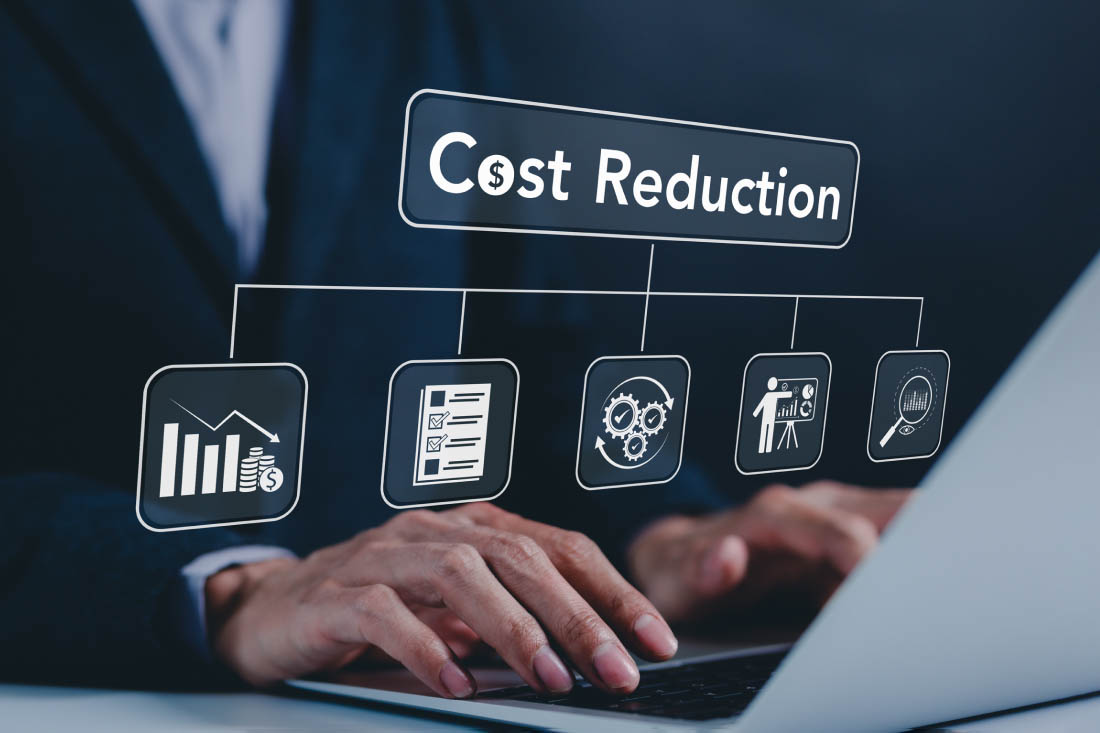Want to move your daily standups online? There’s an app for that. Need a better way to recognize employees and retain top talent? Yep, there are apps for that too. And if your employees aren’t already using them, there’s a good chance at least one of your teams will soon.
SaaS portfolios have exploded over the past several years, with no signs of slowing down. According to one report, SaaS usage soared 41% from 2021 to 2023. Another shows that the average SaaS stack at large organizations has swelled to 211 solutions.
That growth is keeping IT, finance and procurement teams busier than ever. But are you prepared for the complexities SaaS sprawl can cause?
If SaaS application visibility isn’t already a top priority for your organization, you need to make it one. In this guide, we’ll cover everything you need to know about SaaS visibility including why it’s important and strategies to improve it.
What is SaaS application visibility?
SaaS application visibility is the ability to see all the apps an organization uses, as well as who uses them and how they’re used. This visibility serves several purposes. It shows executives how company apps are performing, helps managers understand how apps impact team productivity, empowers IT to manage app security risks and ensures finance can optimize spending.
Why visibility matters for your SaaS applications
Every organization, regardless of size or industry, should set a goal for 100% SaaS visibility. A lack of clarity can lead to out-of-control SaaS spending and security risks as organizations creep toward $195 billion in SaaS expenditures.
Having visibility into your SaaS stack will help you make strategic decisions about training and expenditures. You can identify the applications that aren’t used, and talk to employees about why they don’t use these tools. Low utilization could be related to a lack of knowledge, which you could correct through additional training on the tools. Alternatively, you may find some applications aren’t used because they serve the same purpose as a preferred tool. Meaning — you can get rid of the underutilized tool and save costs. The sooner you get a handle on your SaaS portfolio, the better position you’ll be in to optimize every investment.
SaaS application visibility challenges
Until your organization achieves full SaaS visibility, the company will face some big challenges — whether you’re aware of them or not.
The first is SaaS sprawl, which can get especially unwieldy at enterprise companies where most departments use anywhere from 40 to 60 different applications. But here’s the real kicker: That number doesn’t include unmanaged and shadow SaaS apps.
Rather than wait for the company to approve and secure a new SaaS app behind the company’s secure single sign-on, many teams go around IT to deploy apps on their own. A worrisome 6 in 10 employees use these unauthorized apps daily or weekly. And it’s not just happening at the enterprise level. At small and medium-sized businesses, where employees are more likely to use personal devices for work, the line between IT-approved and unsanctioned apps can be especially blurry.
The cost of those apps can add up fast. When you can’t see how company technology is being used, you can’t fix software utilization issues like app duplication and unused licenses.
In addition, these shadow apps can increase your organization’s SaaS security risk. Nearly 70% of applications have at least one security flaw by the time they’re five years old. And the longer they’re in production, the more likely there are to be vulnerabilities. In one recent survey, IT and security professionals ranked SaaS apps as the #1 most targeted area for cyberattacks.
If your security team doesn’t have visibility and control over those apps, they can become a prime target for attackers preying on busy employees who are more likely to use weak passwords or fall for fake software updates.
SaaS visibility is the fastest, simplest way to solve these issues.
3 strategies to improve your SaaS application’s visibility
To improve SaaS visibility at your company, start with these three essential steps.
1. Ask employees about application usage
Start by taking inventory of all known apps at your organization. Then ask employees which ones are essential to daily work and which ones they rarely (or never) use. For the latter, you’ll also need to find out why they don’t use specific apps. Have those applications already served their purpose, or do people need more training to get the full value out of them?
And then there are the apps you don’t know about. This part may take some digging. Spend time with teams to uncover any SaaS subscriptions, including unpaid ones, that aren’t managed by IT. Why are teams using them? Do employees prefer them over similar sanctioned apps? This will help you determine if you need to bring more solutions into your official SaaS stack and if the new licenses can replace existing subscriptions. It will also help put your security team back in control of risk management.
2. Supplement with usage data
While employees are a good source of information, there will still be gaps in your data — ones that can be filled by using SaaS management software to improve visibility. These SaaS management solutions keep real-time records of which SaaS tools employees actually use, as well as how often they use them and how they impact productivity. Better yet, you can use these solutions to quickly identify inactive accounts and unused licenses with no clear app owner.
SaaS visibility software also plays an important role in security. While employees can tell you why they like certain apps over others, they probably won’t know when an app has the potential to introduce malware. With an activity monitoring solution, you can quickly uncover any applications that fail to meet compliance and security requirements.
3. Conduct regular audits
Once you’ve completed steps one and two above, you’ll need to conduct regular audits to maintain full SaaS visibility. You can do this by regularly measuring key performance indicators such as app usage rates and task completions. These metrics will help you keep a finger on the pulse of your SaaS stack so you know when it’s time to retire underused apps or consider adding new ones. User activity reports can also clue you into “orphaned” apps — solutions the company is still paying for even though the original owner is long gone.
And remember: It’s not enough to simply conduct audits. You’ll need to be ready to act on them, too.
Line of business apps — the ones that are critical to company operations and frequently used by employees — will obviously stay. But what about the rest? A few quick tests can help you decide. Does each app have a clear owner? Are they used daily or weekly? Are you paying for multiple apps that provide the same capabilities? The answers to these questions will provide the insight you need to decide when it’s time to reevaluate your SaaS portfolio.
Get visibility into SaaS applications with ActivTrak
ActivTrak gives your organization full visibility into which SaaS applications are used by employees and how they impact productivity. Organizations of all sizes use it to:
- Uncover applications that overlap in functionality
- Identify opportunities to optimize SaaS spend
- Expose apps that fail to meet security requirements
- Automatically block or terminate apps that pose a malware risk
Ready to increase your organization’s SaaS app visibility? Learn how you can start tracking software usage in minutes. Or, for a behind-the-scenes look, request a demo with one of our experts.





